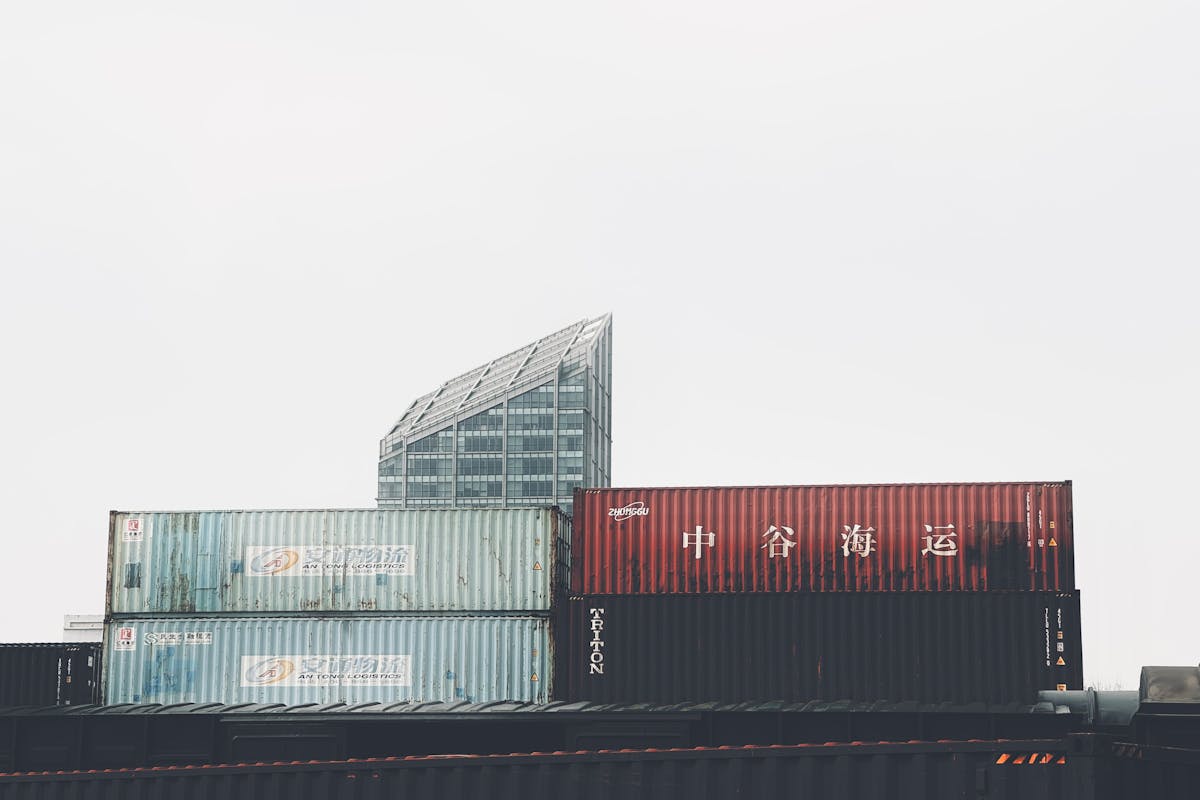Table of Contents
China economy showed steady momentum in July and the first half of 2025, powered by firm industrial output and resilient consumer activity. Yet pain points persisted: the manufacturing PMI slipped below the 50 expansion line, consumer prices were flat year on year in July, and sentiment remained cautious—pressuring officials to support demand and steady expectations, according to CGTN.
Headline Indicators: Growth, Output, and Prices
China economy headline figures framed the story. Gross domestic product grew 5.3% year over year in the first half, lifting total output to 66.05 trillion yuan. July data added texture: industrial output rose 5.7% and retail sales increased 3.7%. The consumer price index was unchanged from a year earlier in July and up 0.4% from June, pointing to subdued price pressures even as activity held up.
Business Sentiment and PMIs
Business surveys captured the push and pull. The official manufacturing purchasing managers’ index registered 49.3 in July, signaling mild contraction. Services stayed narrowly in expansion at 50.1, and the composite gauge printed 50.2. A forward-looking indicator—the production and business activity expectations index—ticked up to 52.6, a 0.6-point rise that suggested firmer confidence among manufacturers, according to CGTN.
Policy Direction and Confidence
Policy guidance focused on maintaining that confidence. Authorities set second-half priorities to bolster domestic demand, support foreign trade and investment, and stabilize expectations. The National Bureau of Statistics said “the national economy has sustained a steady recovery,” framing the first-half performance and July readings as evidence that momentum can be maintained with the right policy mix.
Trade and Economic Structure
Trade offered an additional cushion. Total goods trade reached 21.79 trillion yuan in the first half, up 2.9% year on year. The structure of commerce continued to evolve as well: private enterprises extended their lead, with import-export growth sustained for 21 straight quarters—an endurance run that has widened their contribution to headline gains, according to CGTN.
Investment, Income, and Jobs
Investment, income, and jobs rounded out the macro picture. From January through July, fixed-asset investment rose 1.6%. Stripping out real estate, investment increased 5.3%, underscoring the resilience of non-property spending during a period of sectoral adjustment. Labor markets held broadly steady as the nationwide urban surveyed unemployment rate averaged 5.2% in the first half. Over the same period, per capita disposable income climbed 5.3% in nominal terms and 5.4% in real terms, providing a base for household consumption.
Industry and Consumption Details
Industry-level details suggest where the growth impulse has been strongest. Corporate spending on mechanical equipment surged 11.1% in the first half, reflecting upgrades in productive capacity and the early effects of renewal programs. On the consumer side, sales revenue for audio-visual products rose 45.3% and home appliances jumped 56.6%—categories that benefited from promotions tied to equipment renewals and trade-ins. Together, these trends point to a rotation toward quality upgrades on factory floors and in living rooms, reinforcing both supply-side modernization and demand for durable goods.
Real Estate Headwinds and Local Government Debt Risks
China’s property downturn remains the biggest macro drag heading into H2. Legacy distress persists—Evergrande has been delisted in Hong Kong following its court-ordered liquidation—while major private developers like Country Garden still warn of deeper first-half losses as deliveries slump. Even stronger names have needed help: in February, Vanke secured a ¥2.8 billion loan from its state-backed top shareholder, Shenzhen Metro, and authorities were reported to be weighing broader support options. Policymakers have continued to ease: on May 7, 2025, the PBOC cut its key seven-day reverse repo rate to 1.4% and later signaled more rate-based support, while the “white list” program to finish viable projects has approved over ¥5 trillion in loans. Hopes of stimulus periodically lift developer shares, but the underlying sales recovery remains uneven across cities.
What the Numbers Suggest
Taken together, the data trace a clear narrative. Output and consumption advanced in step through the first half, while tame inflation left space for targeted demand support if needed. July’s PMI readings, hovering around the neutral threshold, showed a private sector that is cautious but responsive to clearer signals. The uptick in the expectations index hinted that producers see scope for improvement as policy support flows through. The trade figures, led by private enterprises, complemented that story by adding incremental volume and a more diversified structure. Investment patterns told a two-track tale: overall momentum was modest, but non-real-estate investment—especially in equipment—continued to provide a constructive offset.
The Road Ahead
The outlook now turns on execution. Officials have laid out a second-half agenda centered on boosting demand, encouraging trade and investment, and steadying expectations. If job conditions remain stable and incomes keep pace with prices, consumption could extend its role as a growth anchor. Industrial upgrades and equipment renewals may further raise efficiency and competitiveness, while the evolving trade mix helps hedge against external uncertainty. NBS Deputy Head Sheng Laiyun put it plainly, saying there are solid grounds for confidence that growth will remain stable in the second half, according to CGTN.


